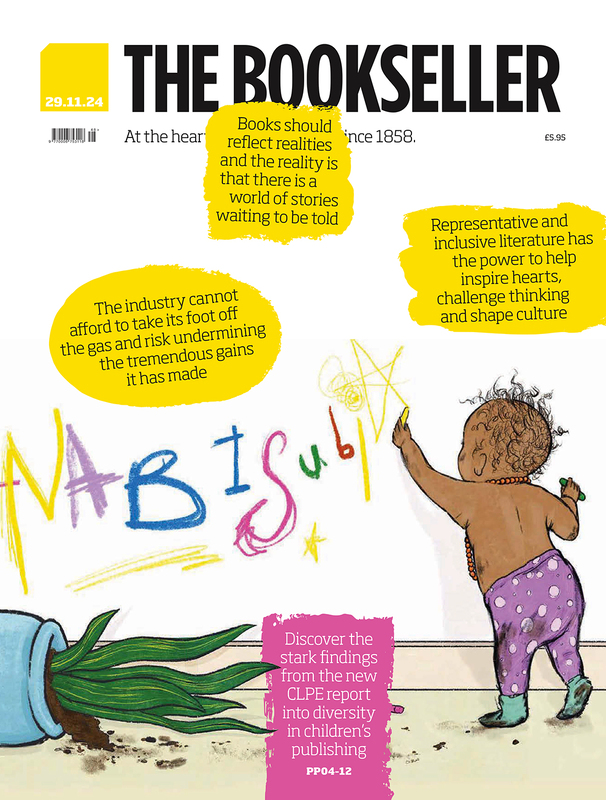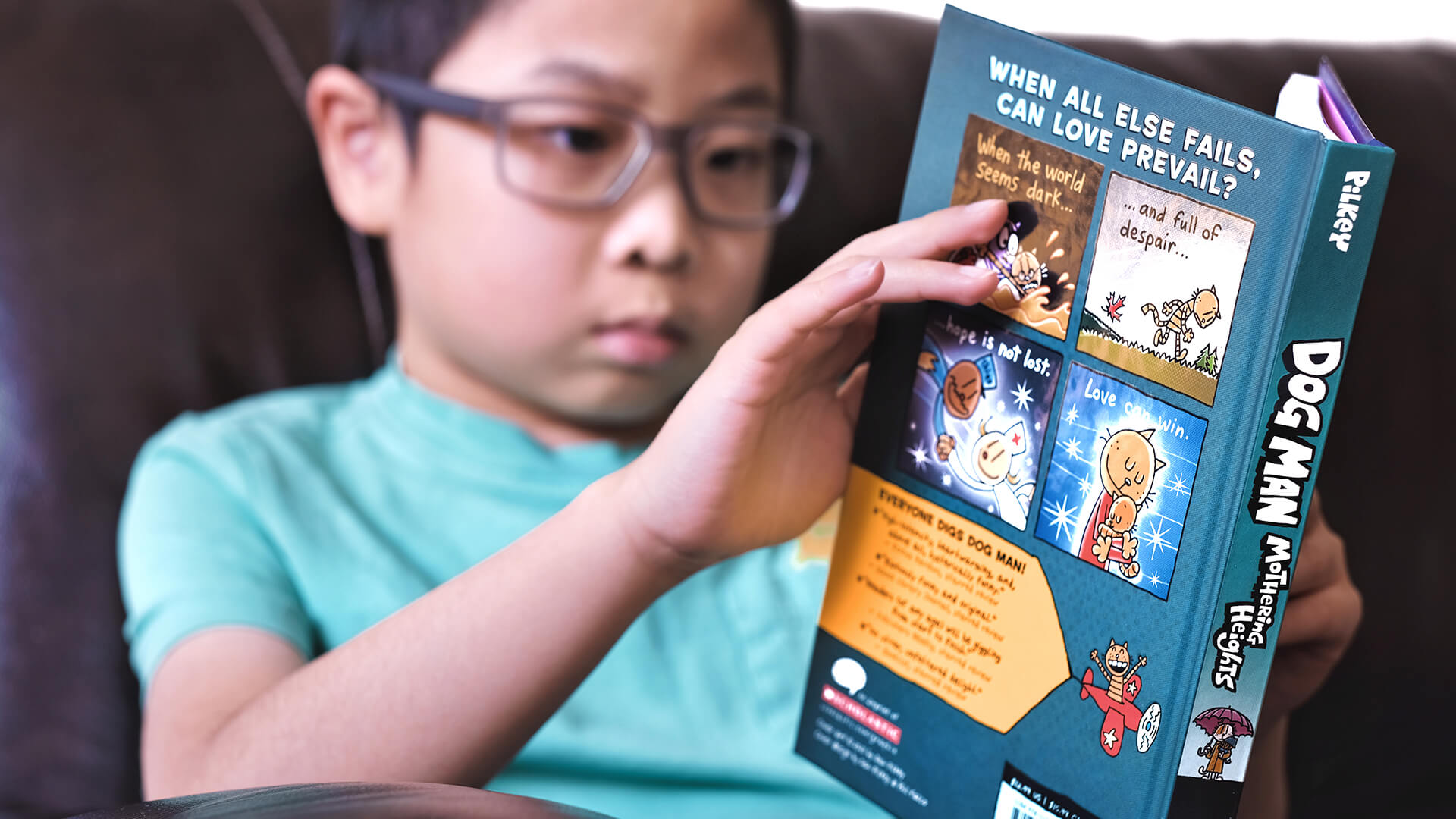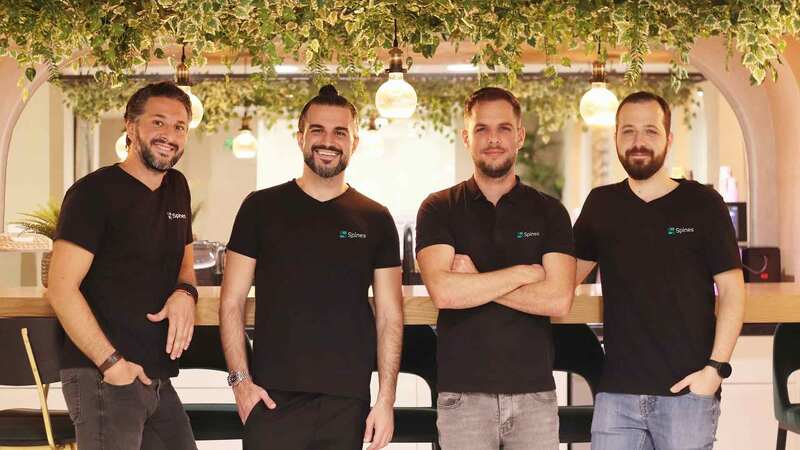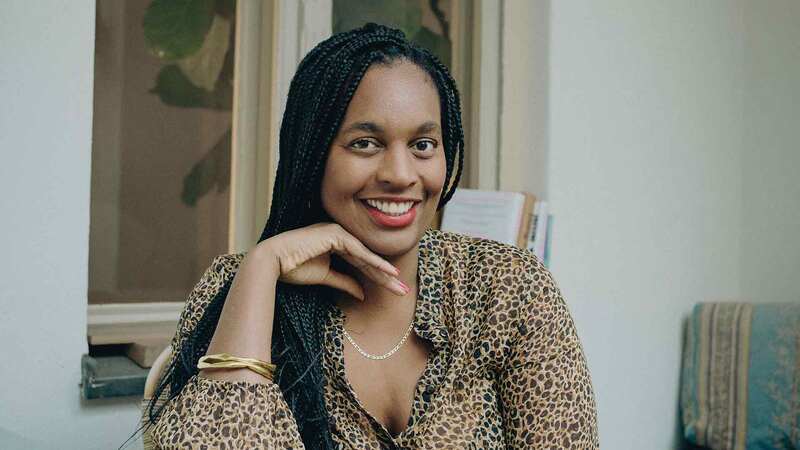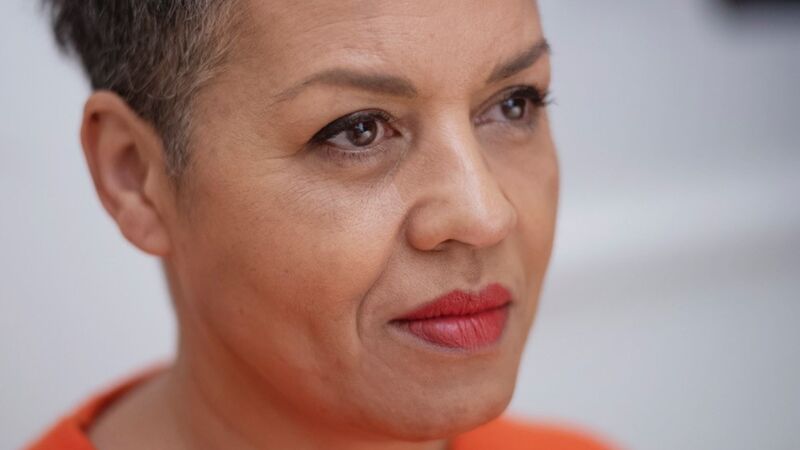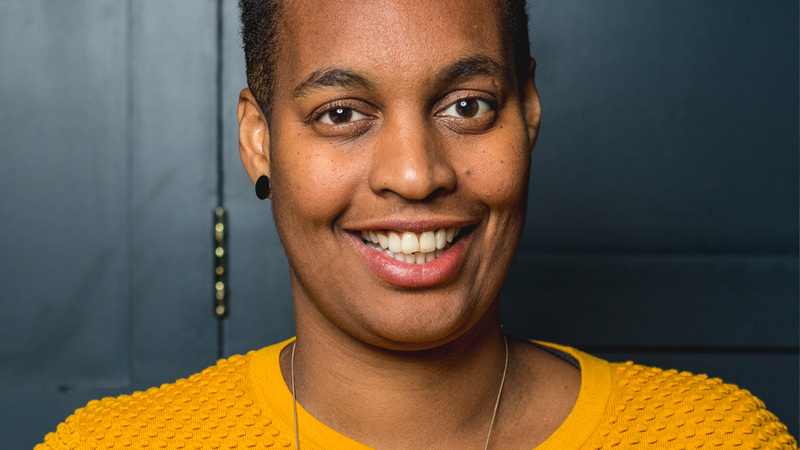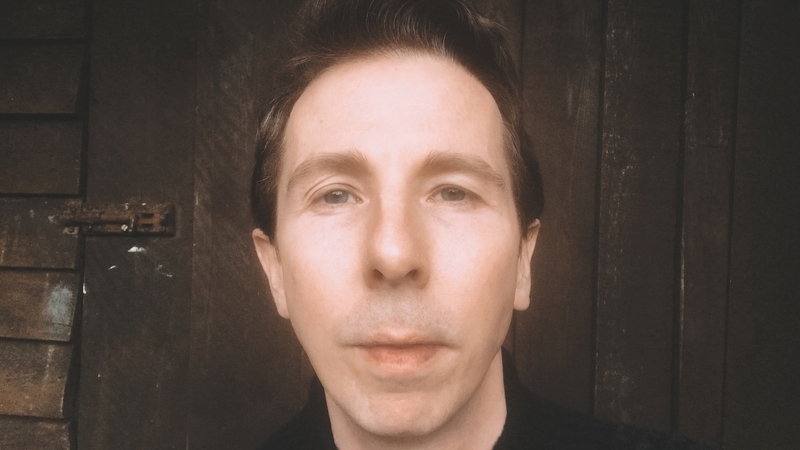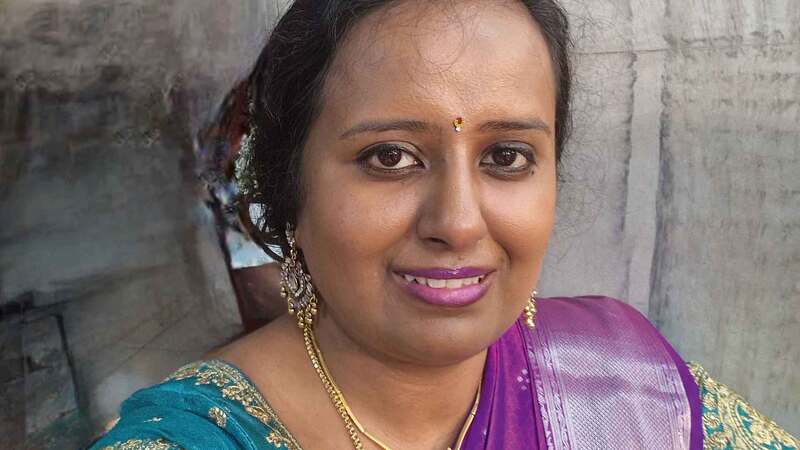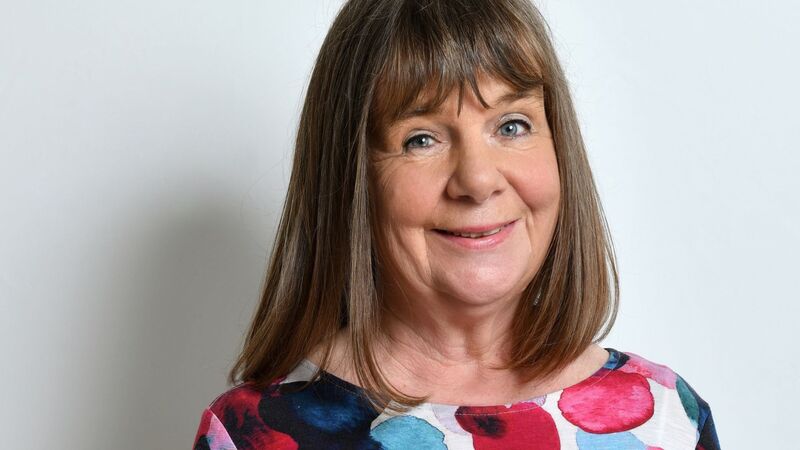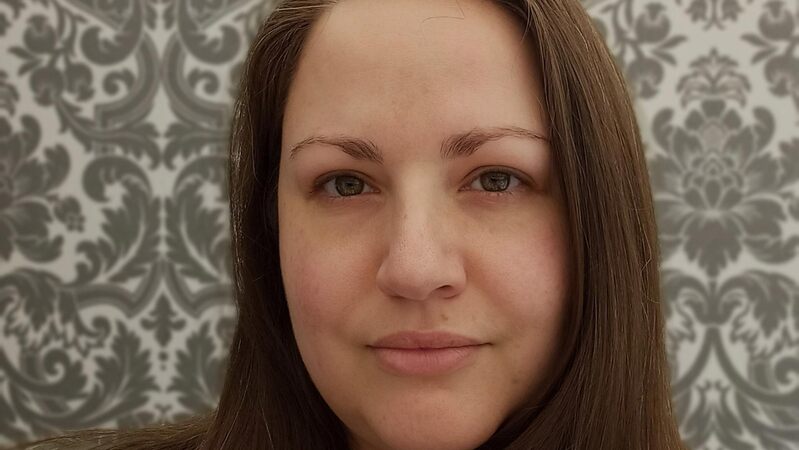You are viewing your 1 free article this month. Login to read more articles.
Drawing from the margins
Comic-book artist Ramzee on the graphic medium and the power of representation.
When I arrived in the UK as a six-year-old asylum-seeker from Somalia, there was an obvious language barrier that I had to overcome. Picture books, and later comics, acted as not only the perfect gateway into reading prose but also as an introduction to the artform of graphic storytelling itself.
One of the most impactful picture books of my childhood was Rosie’s Walk by Pat Hutchins. If you only went by the text, the book told a simple story of a hen’s walk around a farmyard. But the pictures told a story of a sly fox’s constant attempts to pounce on an unsuspecting hen, and constantly being thwarted by his own clumsiness. This was my first taste of irony in literature as well as a lesson in how words and pictures can subvert the relationship between the “seen” and the read.
As my reading got stronger, I became an ardent fan of Roald Dahl, but my love of visual storytelling was still intense. Comics like The Adventures of Tintin transported me from a cosy council flat in south London to exotic locales and The Uncanny X-Men dropped me into exciting situations. From these adventure and superhero stories, I was introduced by a school librarian to Art Spiegelman’s Maus, which told a personal story of the Holocaust; Marjane Satrapi’s Persepolis, which was a coming-of-age story set in Iran during its revolution in the late 1970s. Comics that once brought me into exotic new locales were now taking me into inner worlds that were just as fascinating.
The cheap and ubiquitous nature of comics misled many of its detractors to give it the respect of a pack of chewing gum, but this gave it an accessibility that books didn’t have. I could buy a comic at the corner shop for a pound, read it until it fell apart and throw it away, but much like a message in a bottle is throwaway, its contents were urgent and important. Like a castaway, we all live in a kind of state of isolation. No other person can ever know what it’s like to be you from the inside. All art is a way of bridging that gap. Especially for those who struggle with language—images are a universal language that is not only an engaging alternative pathway into literacy, but an artform of itself.
Raina Telgemeier, through sharing the uncomfortable struggles and anxieties of her own childhood in her comics, has helped young readers understand theirs. Molly Ostertag’s Witch Boy series is challenging gender norms and Alice Oseman’s Heartstopper is connecting with readers through its unbridled queer joy. But there is still a huge amount I am hoping to see come out into the mainstream publishing world; stories about and from people who are invisible in society, or exist as statistics or tabloid bogeymen. They can all come to comics, and with simple language they can tell a profoundly deep and moving story. You only need a pen, paper, a scanner and an internet connection.
Ramzee features in the exhibition KA-BOOM! The Art of Creating Comics, running at The Story Museum in Pembroke Street, Oxford. The exhibition opens to the public on 28th May. Ramzee also illustrated this week’s cover of The Bookseller.


